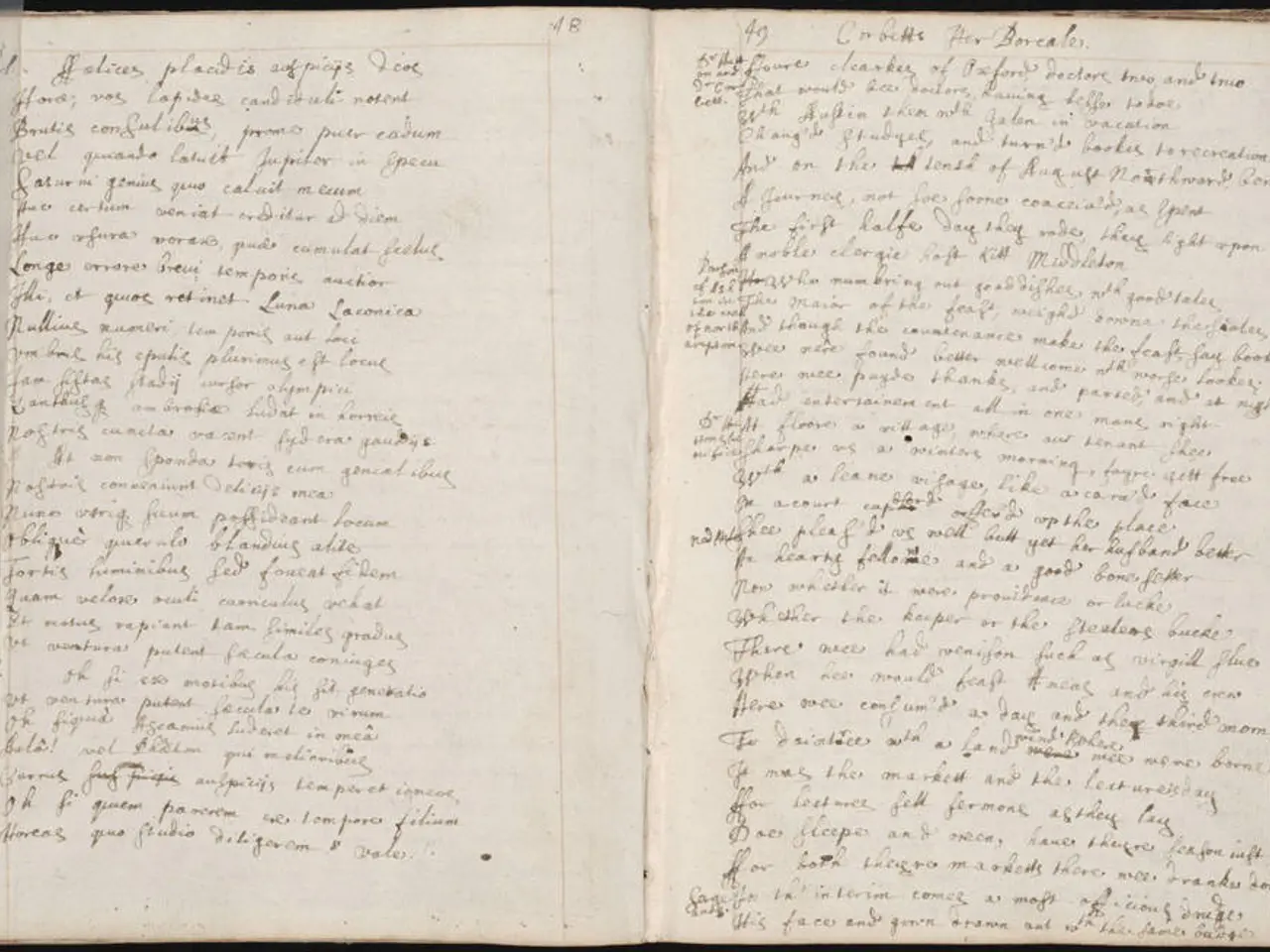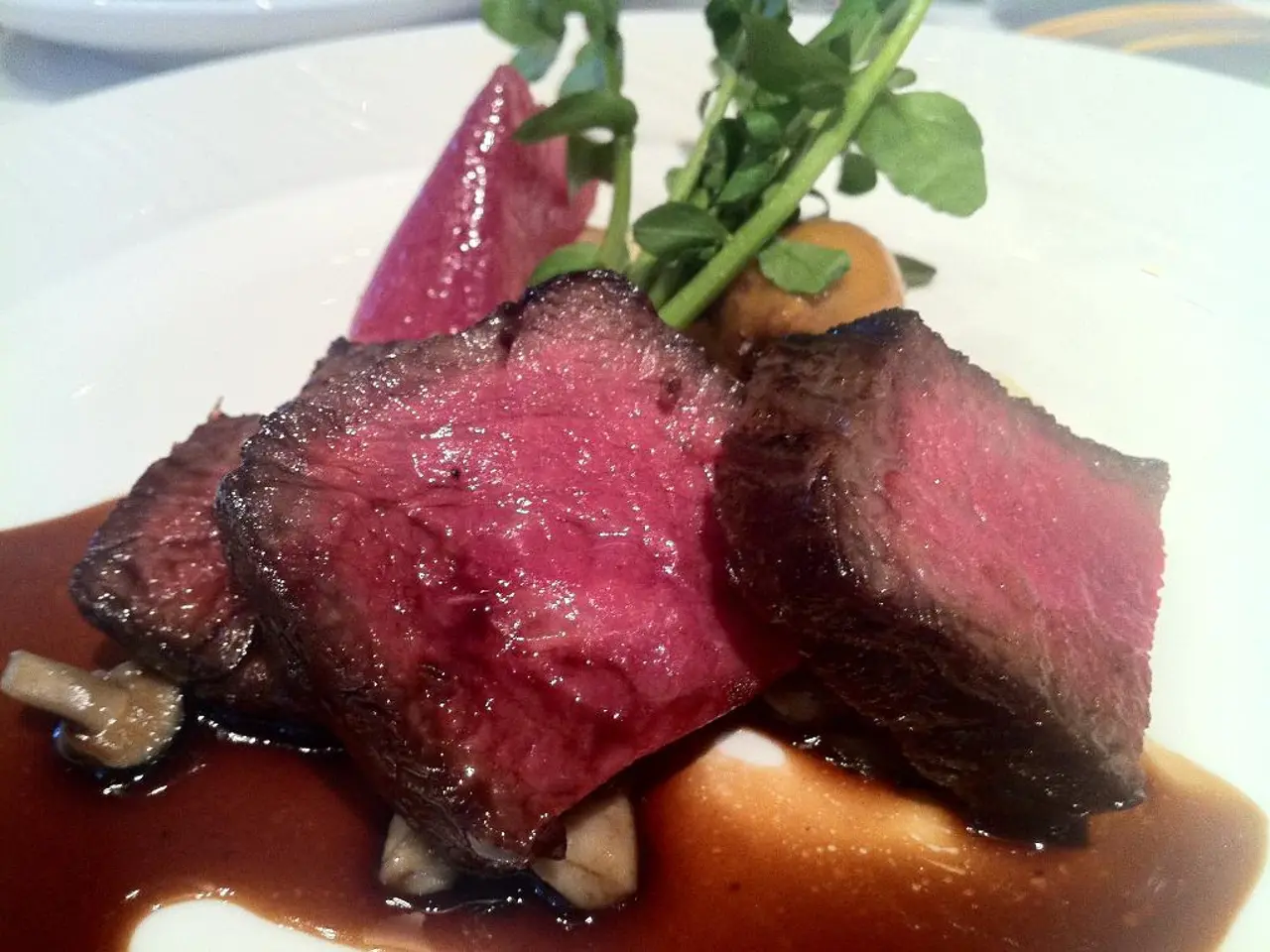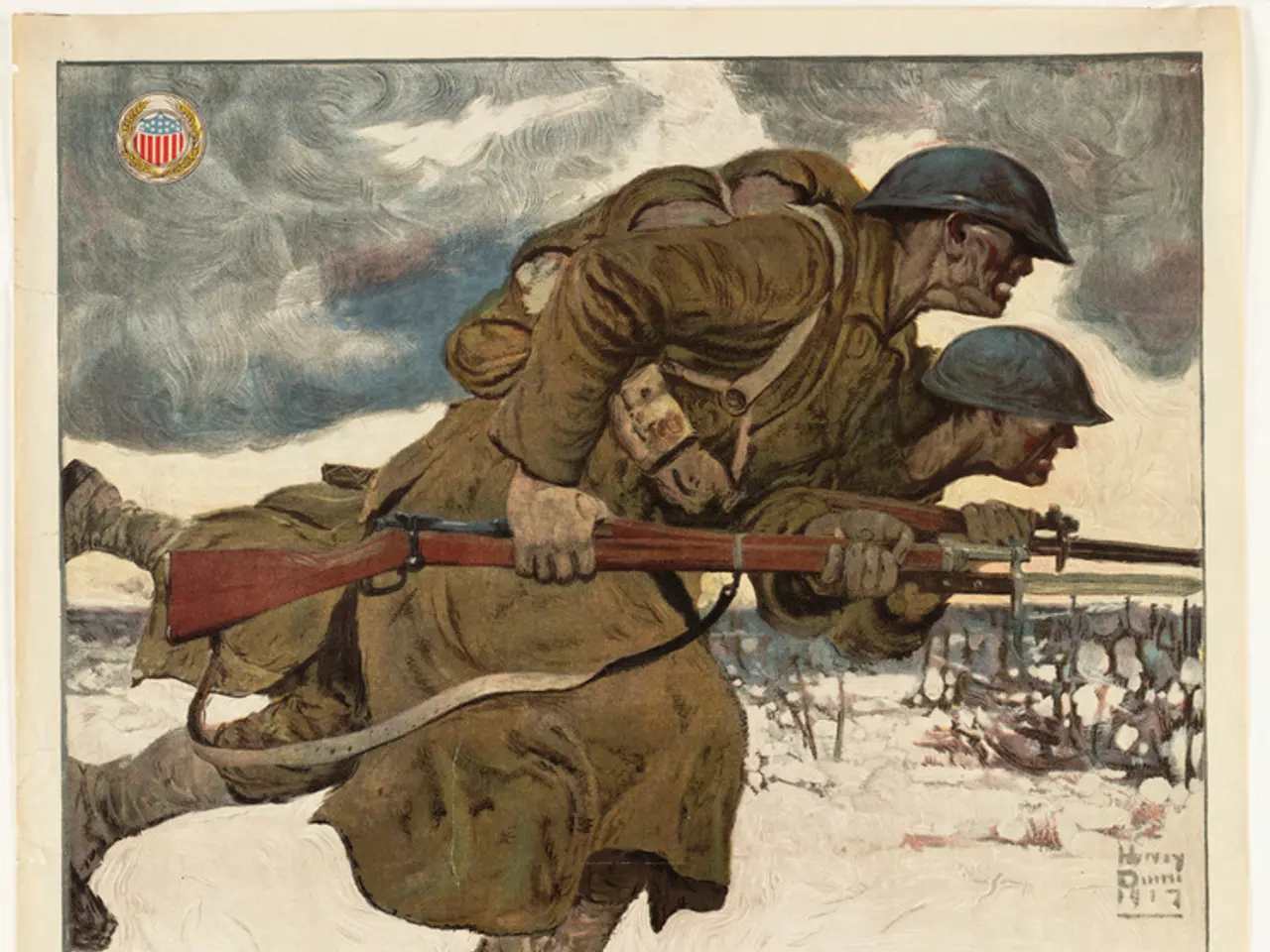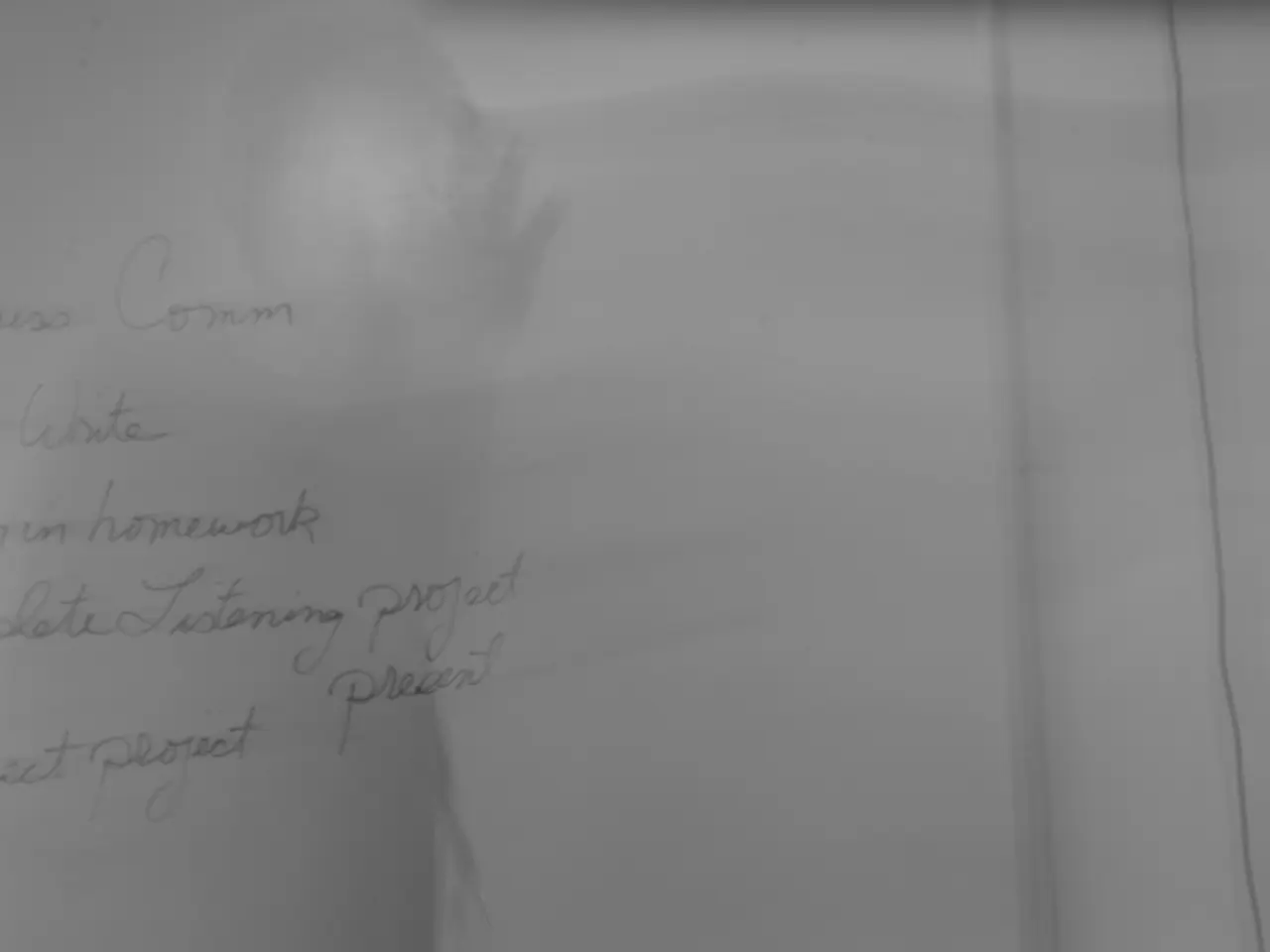Differences and Formatting Tips Between Epilogues and Prologues: An Overview
In the realm of literature, the use of prologues and epilogues can significantly enrich stories, providing additional context and closure. Understanding their distinct purposes, strategic usage, and formatting conventions is crucial for authors looking to make the most of these literary devices.
Prologues and epilogues serve unique functions that complement the main narrative. Prologues, often found at the beginning of a book, set the stage or mood before the main narrative begins. They can provide background, a different point of view, or a flashforward/flashback, and are ideal for creating suspense or delivering essential backstory without breaking the narrative flow.
On the other hand, epilogues come after the last chapter in a work of fiction or narrative nonfiction. They wrap up the story after the climax, show what happens to characters after the main events, resolve minor loose ends, and sometimes set up a sequel. Epilogues are particularly useful when providing closure or additional insight after the main story arc concludes, or if you want to hint at future developments.
When deciding whether to use a prologue or an epilogue, it's essential to consider their purposes and when they are most effective. A prologue is optional and doesn't always have to be paired with an epilogue; many works use one without the other. However, if a prologue doesn't influence the main plot in some way, it doesn't need to exist. A prologue should hook the reader right off the bat with action, curiosity, or emotional investment, and should avoid serving as an info dump for backstory.
Epilogues, on the other hand, should be used when you want to provide closure or additional insight after the main story arc concludes, or if you want to hint at future developments. It's important to only include an epilogue if it serves a clear purpose, such as showing character futures, tying up loose ends, or easing tension.
In terms of formatting, both epilogues and prologues are typically set apart from the main chapters, often titled clearly as "Prologue" or "Epilogue" at the beginning of the section. Use consistent formatting that matches the rest of the book but signals the reader that this section is supplemental, such as a centered title, sometimes italics, or a different font size. For longer passages, use sentence case instead of all caps for readability. Maintain professional appearance with proper margins, spacing, and quotation marks consistent with the book’s style guide.
Modern tools like the formatting software Atticus can help authors format epilogues and prologues for ebooks or print, ensuring a polished and professional presentation.
Examples of books with effective prologues and epilogues include Harry Potter and the Deathly Hallows, Jurassic Park, Romeo and Juliet, The Book Thief, The Tiger's Wife, Moby Dick, A Game of Thrones, and The Tiger's Wife.
By understanding and applying these best practices, authors can enhance reader experience rather than confusing them with unnecessary or poorly executed prologues and epilogues.
Books like "Harry Potter and the Deathly Hallows" and "The Tiger's Wife" skillfully utilize prologues and epilogues as tools for entertainment, providing additional context and closure. These sections can serve as a means of delivering essential backstory, creating suspense, or offering insights about the characters and their futures, thus enriching the main narrative and offering multiple layers of entertainment.








